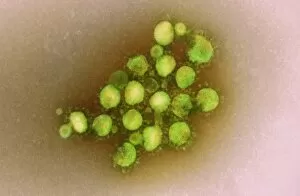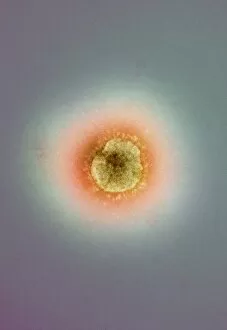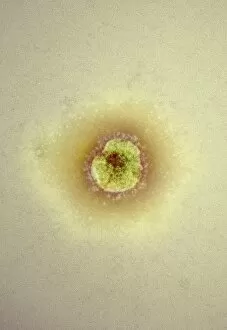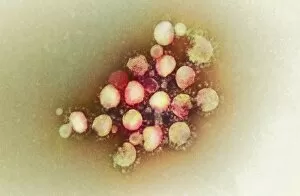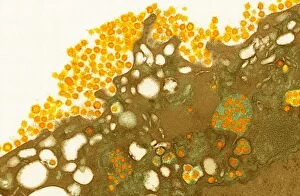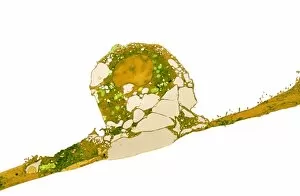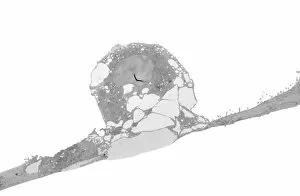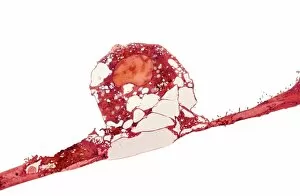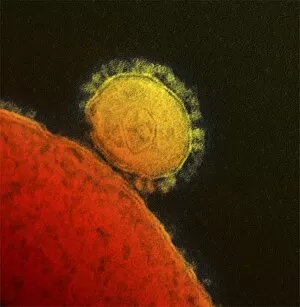World Health Organisation Collection
The World Health Organization (WHO) continues to monitor and respond to outbreaks of the Middle East Respiratory Syndrome (MERS
For sale as Licensed Images
Choose your image, Select your licence and Download the media
The World Health Organization (WHO) continues to monitor and respond to outbreaks of the Middle East Respiratory Syndrome (MERS) coronavirus through its Global Outbreak Alert and Response Network. WHO has identified several strains of MERS, including those labeled TEM C015 / 1772, TEM C015 / 1773, TEM C015 / 1776, TEM C015 / 7155, TEM C015 / 7157, TEM C015 / 7158, and TEM C017 / 8300. These strains have been isolated from patients in various countries, highlighting the global nature of this ongoing public health threat. WHO is working closely with affected countries to implement infection prevention and control measures, provide technical assistance, and coordinate a robust international response to contain further spread. #MERS #WHO #GlobalHealth #PublicHealth #Coronavirus

